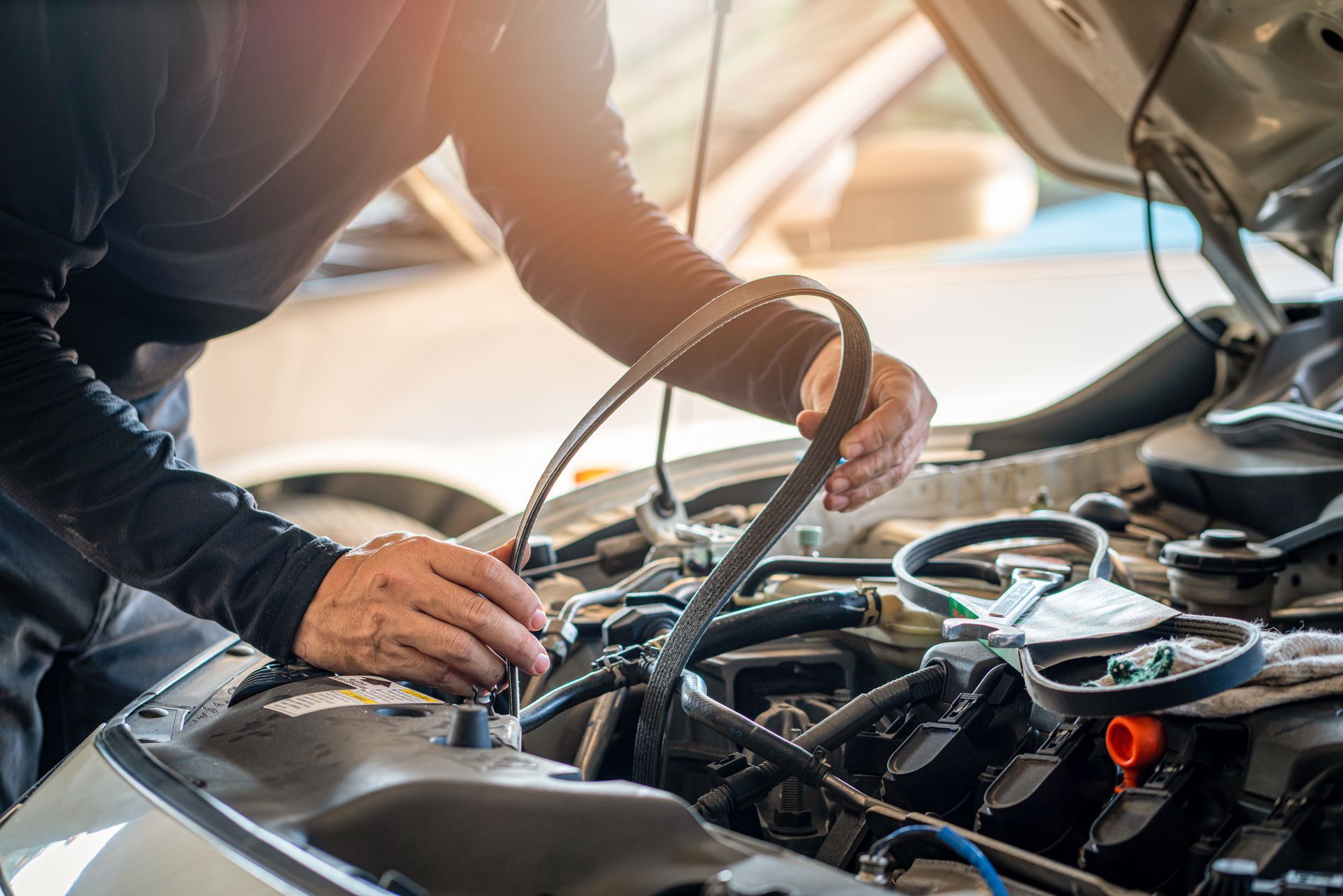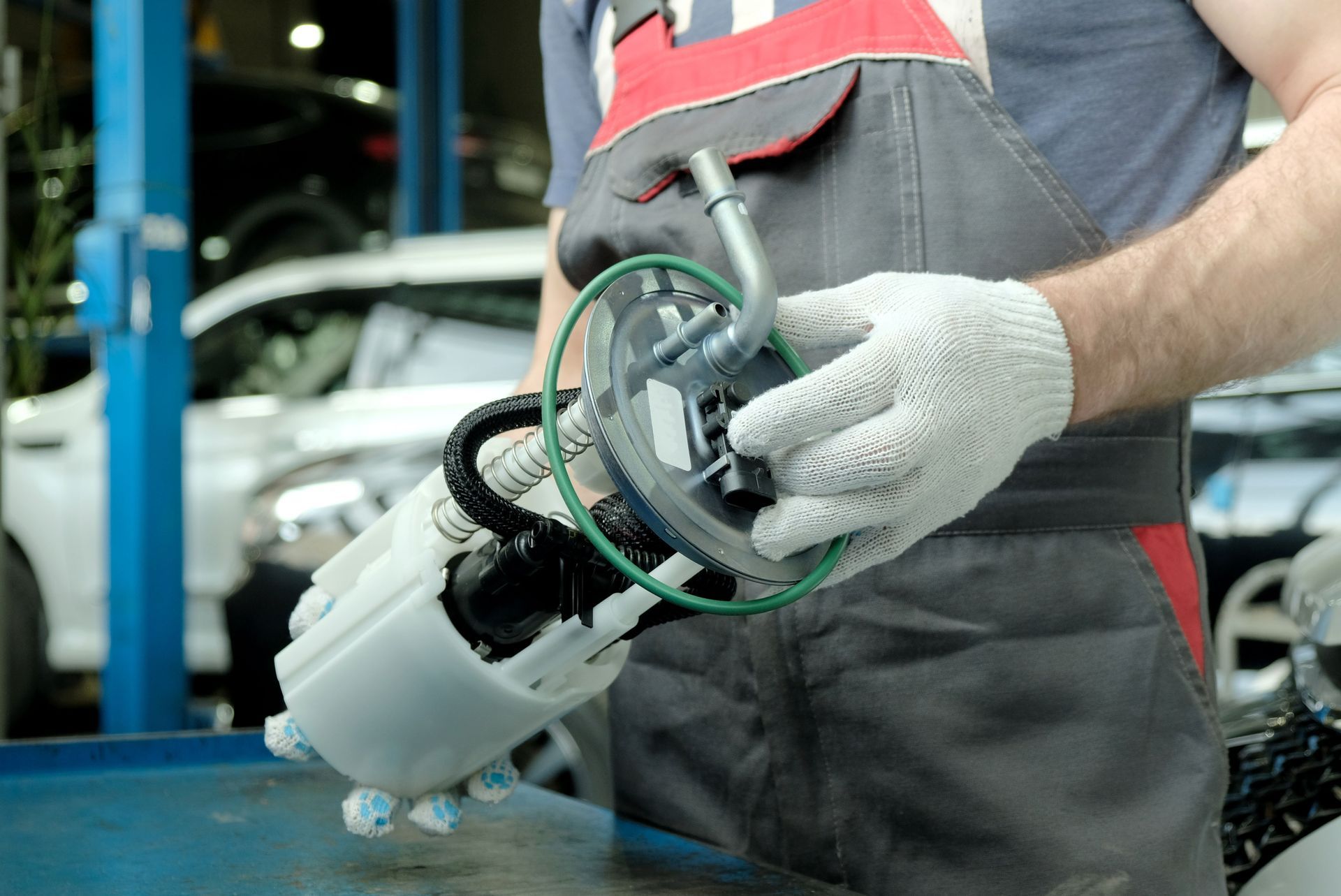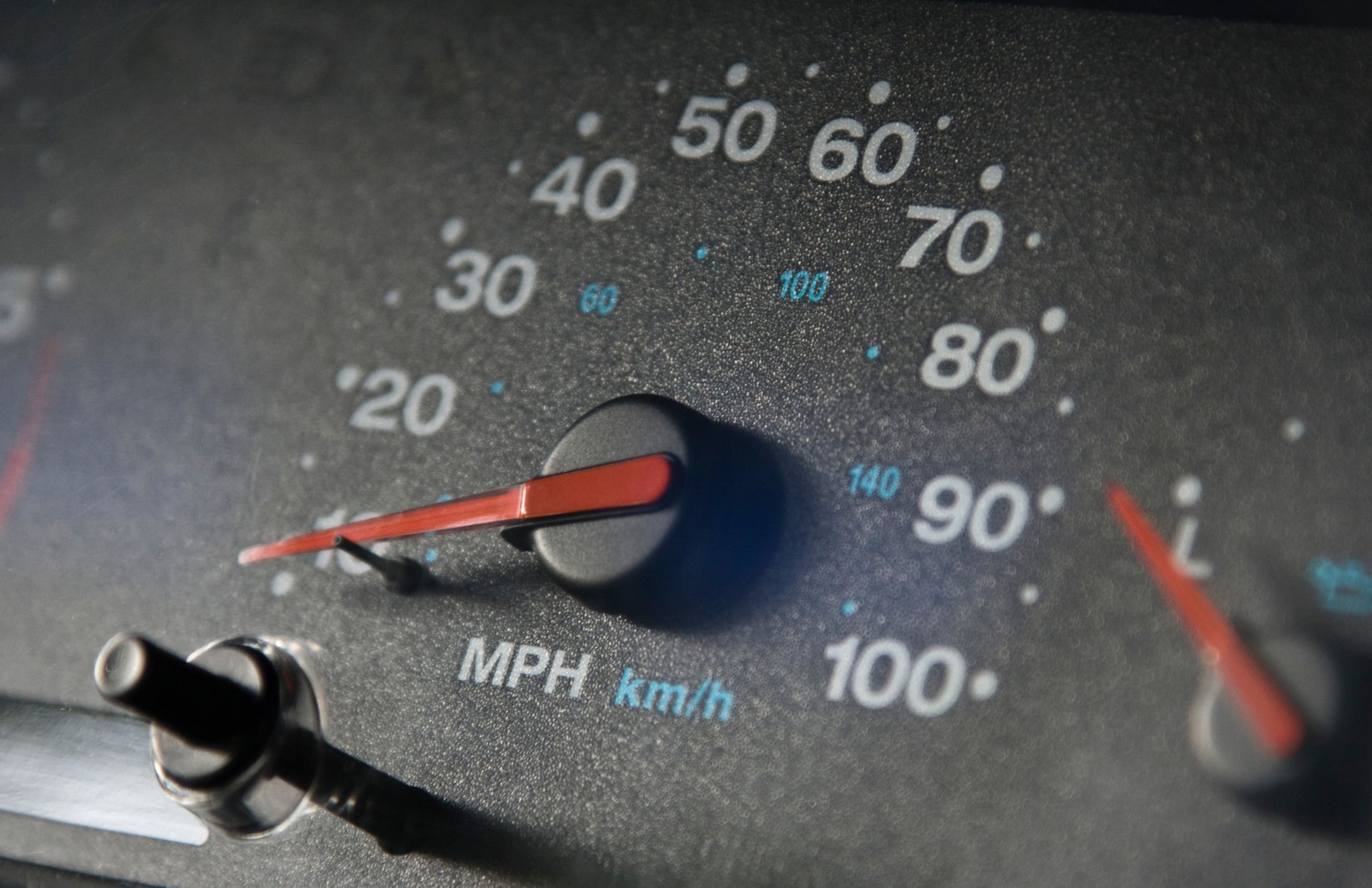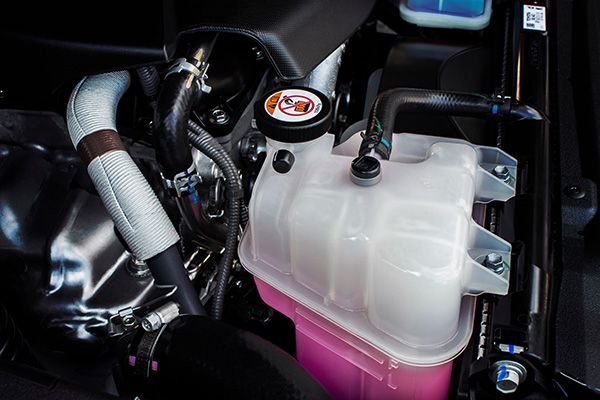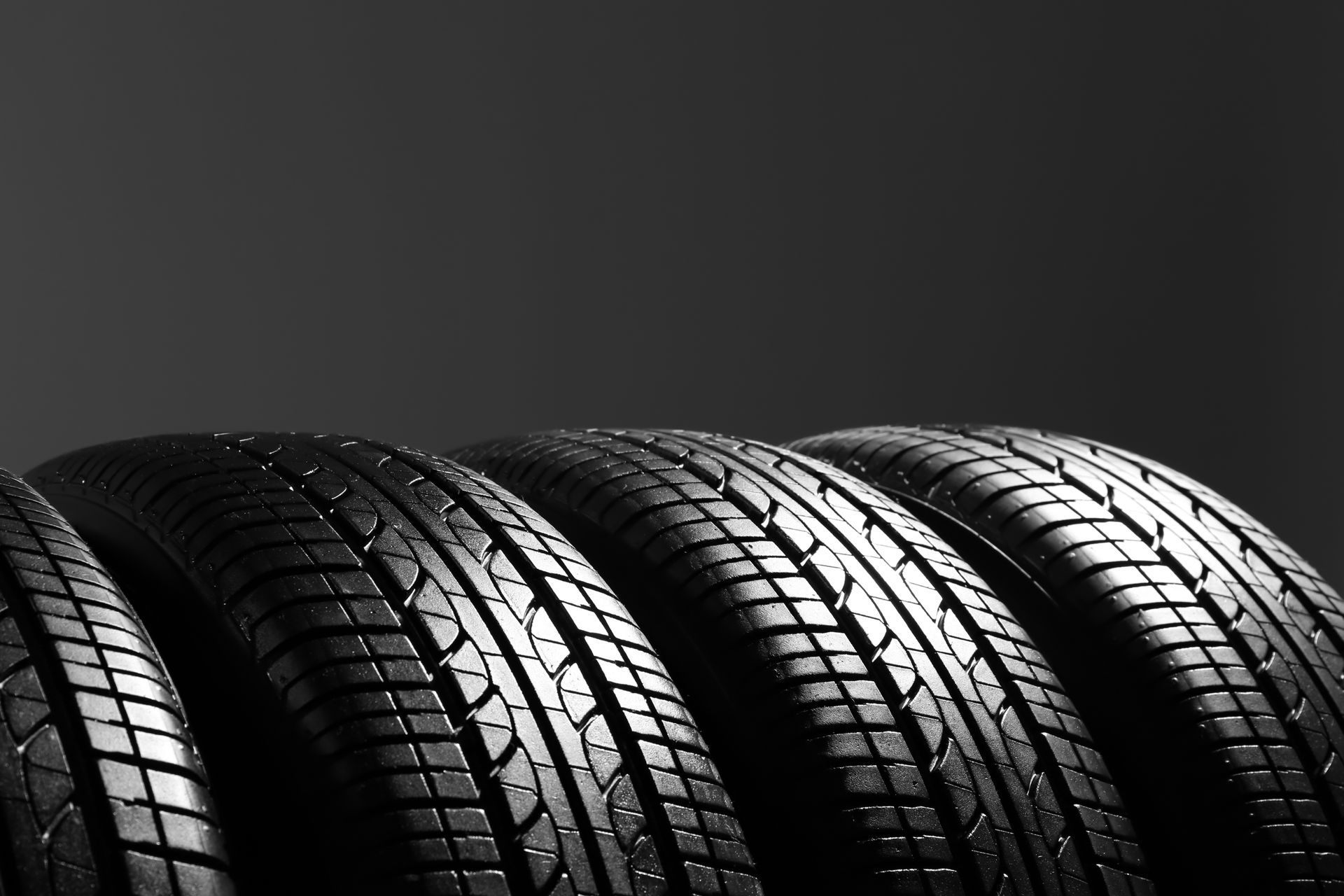A transmission flush is a maintenance procedure performed on a vehicle's automatic transmission to replace old or contaminated transmission fluid with fresh fluid. The automatic transmission is a critical component of a vehicle's drivetrain, responsible for shifting gears and transmitting power from the engine to the wheels. Transmission fluid plays a vital role in lubricating and cooling the transmission components and facilitating smooth gear changes.
Over time, transmission fluid can become contaminated with debris, sludge, and wear particles, which can lead to reduced transmission performance and potential damage to the transmission components. To maintain the automatic transmission's functionality and extend its lifespan, it's important to periodically perform a transmission flush. Here's an overview of the transmission flush process:
- Assessment: A technician will assess the condition of the transmission fluid and inspect the transmission for any signs of wear, leaks, or other issues.
- Removal of Old Fluid: The old transmission fluid is drained from the transmission, torque converter, and cooler lines. Some of this fluid can be retained in the torque converter, so a complete exchange may not be possible through a simple drain and refill.
- Flush with Fresh Fluid: Fresh transmission fluid is added to the transmission system, and a machine is used to circulate and exchange the old fluid with the new fluid. This process helps remove any remaining old fluid and contaminants from the transmission system, including the torque converter and cooler lines.
- Filter Replacement (if applicable): Some vehicles have a transmission filter that should be replaced during a transmission flush. The filter is responsible for capturing debris and contaminants from the transmission fluid.
- Purge Air Bubbles: Air may be introduced into the transmission during the flushing process. To ensure proper operation and eliminate air bubbles, the technician may perform a series of gear shifts and checks to make sure the transmission fluid level is correct.
- Testing: After the transmission flush is complete, the technician will test the transmission to ensure it's functioning correctly. This may involve checking for smooth gear shifts, proper engagement of gears, and monitoring for any unusual noises or issues.
The frequency of transmission flushes can vary depending on the manufacturer's recommendations, driving conditions, and the type of transmission fluid used. Some vehicles may require a transmission flush every 30,000 to 60,000 miles, while others may have longer intervals. It's crucial to consult your vehicle's owner's manual and follow the manufacturer's guidelines for maintenance.
Regular transmission fluid maintenance helps prevent transmission problems, such as slipping gears, overheating, and premature wear. It also contributes to smoother and more efficient transmission operation, improving overall vehicle performance. If you notice any issues with your vehicle's transmission, such as rough shifting or unusual noises, it's essential to have it inspected and serviced by a qualified technician.

